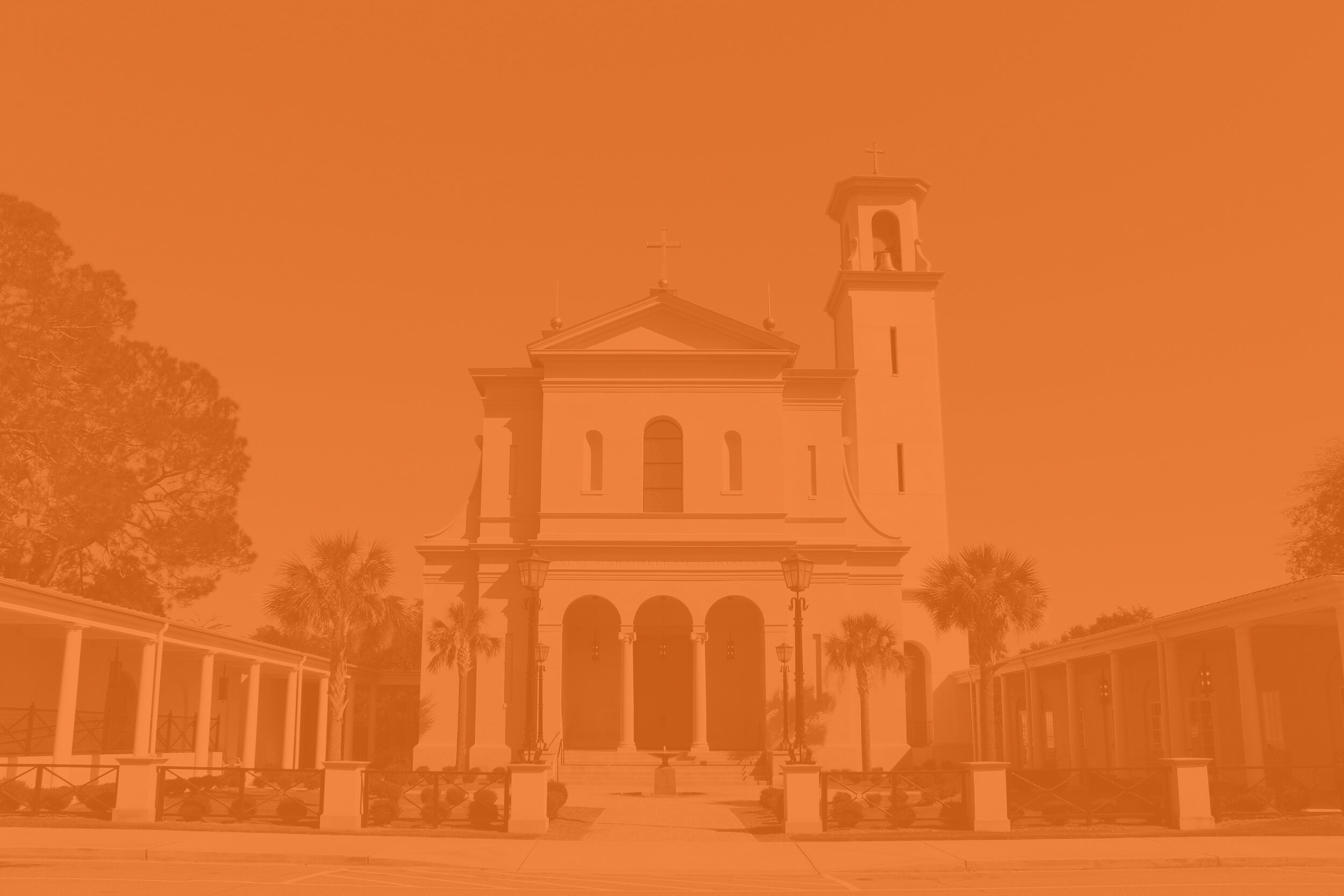James C. McCrery, II AIA, NCARB
James McCrery is the founding principal of McCrery Architects, PLLC, a firm committed to the design of churches, civic and university buildings, and unique commissions for clients desiring rich, legible meaning incorporated into their buildings. He is an internationally recognized leader in classical architectural design and construction. His built works and contributions throughout the United States have received many awards and have been favorably reviewed in The New York Times, City Journal, The Washington Business Journal, The Wall Street Journal, The Weekly Standard, Period Homes, The New York Post, Country Life (U.K.), The Washington Post, Traditional Building, The Washington Times, New York Daily News, The Classicist, and the National Review.
McCrery is the design architect of the recently completed Cathedral of the Most Sacred Heart of Jesus in Knoxville, Tennessee; The Saint Mary Help of Christians Church in Aiken, South Carolina; and the St. Thomas Aquinas Chapel at the St. John Newman Center – University of Nebraska in Lincoln, Nebraska. He is the architect of the Book and Gift Store in the United States Supreme Court Building, and he designed the pedestal for the statue of President and Governor Ronald Wilson Reagan that stands in the Rotunda of the United States Capitol.
James C. McCrery, II is a member of the faculty of the School of Architecture and Planning at the Catholic University of America in Washington, DC where he is the founding Director of the Concentration in Classical Architecture and Urbanism. He is particularly pleased to be an Inaugural Fellow of the Institute for Human Ecology at the Catholic University of America. McCrery is a life member and an executive board member of the Supreme Court Historical Society; a founding member of the National Civic Art Society, a National Design Peer of the U.S. General Services Administration, and in December 2019 was appointed by President Donald J. Trump to the United States Commission of Fine Arts.
Personnel
William B. Seath
RA, CNU-A
Project Architect
Will Seath joined McCrery Architects in 2014. He received dual Master’s Degrees in Classical Architecture and Urban Design in 2011 and a Bachelor’s Degree in Political Science in 2006, all from the University of Notre Dame. A native of Pittsburgh, Will and his family live in Hyattsville, Maryland. He is a Registered Architect in Pennsylvania and Maryland and has served as a Member of the Planning Advisory Committee of the City of Hyattsville since 2021.
Kaela G. Diamond
Project Architect
Kaela has been with the firm since 2018, joining shortly after earning both her Bachelor of Science in Architecture and Master of Science in Architecture from The Catholic University of America. She was born and raised on Long Island, New York, where the beauty of the South Shore inspired her to pursue traditional architecture.
Patrick J. Keating, NCARB
Project Architect
Patrick joined McCrery Architects in December of 2021 following the completion of his graduate studies at The Catholic University of America. While there, he earned a Master of Architecture and a Bachelor of Science in Architecture. He moved to Washington from his home town of Pottsville, Pennsylvania.
Evan Smithers
Project Manager
Evan joined McCrery Architects in July of 2023, two years after receiving his Master of Architecture at the Catholic University of America. Originally from Cincinnati, Ohio, he found himself first drawn to traditional architectural design while sketching bridges in an engineering course. Evan is also a watercolor renderer, and resides in Old Town Alexandria.
Sam Merklein
Project Manager
Sam joined McCrery Architects in 2023 following his graduate studies at The Catholic University of America, where he received his Bachelor of Science in Architecture and his Master of Architecture. Originally from Chapel Hill, North Carolina, he currently lives in London, England with his young family.
Jacob A. Chase, NCARB
Project Architect
Jacob joined McCrery Architects in 2020 while a student at The Catholic University of America and has since graduated with his Masters of Architecture in 2021. In 2023 he became a Registered Architect in The District of Columbia. Jacob lives in Germantown, Maryland with his growing family.
Casey R. Nardo
Project Architect
Casey joined McCrery Architects in 2022 while completing her graduate studies at The Catholic University of America where she earned her Bachelor of Science in Architecture and her Master of Architecture. Originally from New England, she moved to the Washington area to study traditional architecture and urbanism. Casey currently resides in Silver Spring, Maryland.
David A. Lanetti
Project Manager
David joined McCrery Architects in 2023. He earned a Master of Architecture and a Master of Science in Net Zero Design from The Catholic University of America. He has taught at Catholic University and is an active member of the ICAA. Originally from Malvern, Pennsylvania, David now lives in Georgetown with his family.
Patrick T. Wyton
Project Manager
Patrick joined the firm in 2023 and holds a Bachelor of Science in Architecture and Master of Architecture from The Catholic University of America. The natural beauty of his native Colorado, the old world charm of Europe, and the American South first piqued his interest in classical and traditional architecture. Patrick lives in Northern Virginia with his young family.

“James McCrery not only has a command of the forms of Classical Architecture, he also understands the theological and spiritual resonance that an ecclesiastical space must have.”
— Leonard Porter, Classical painter and artist










